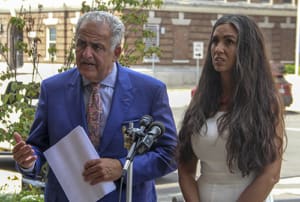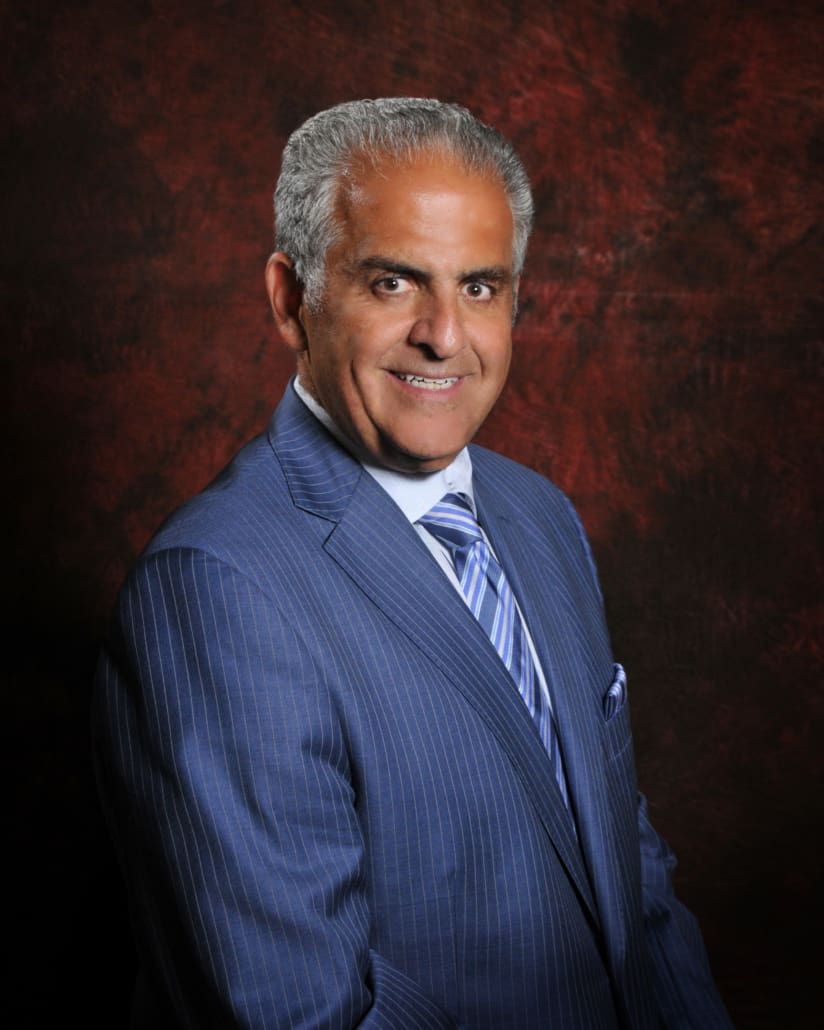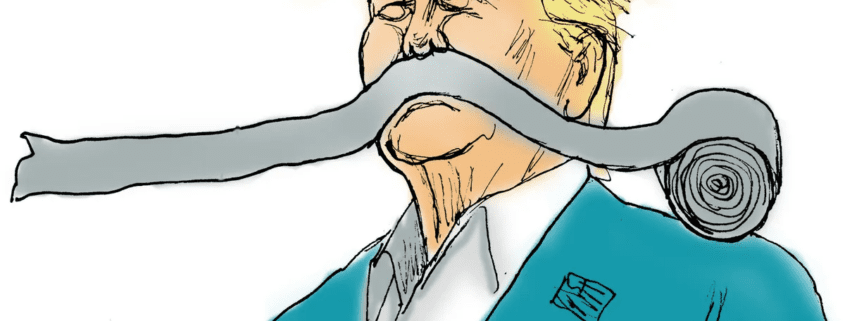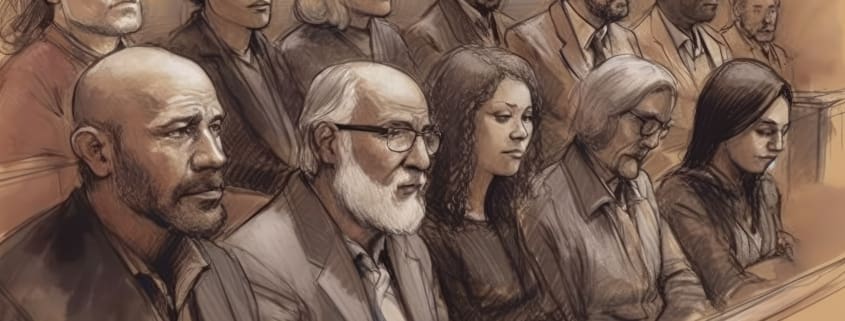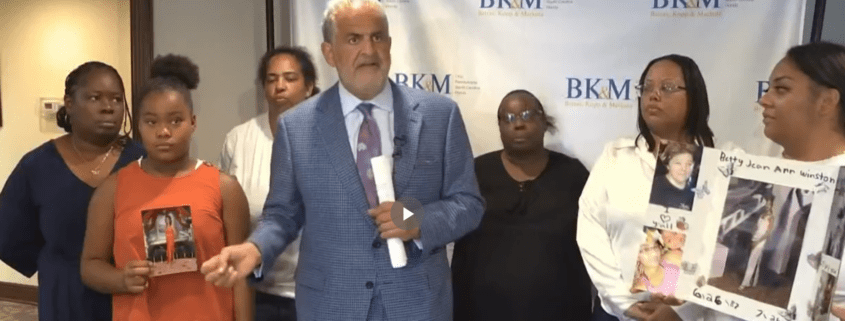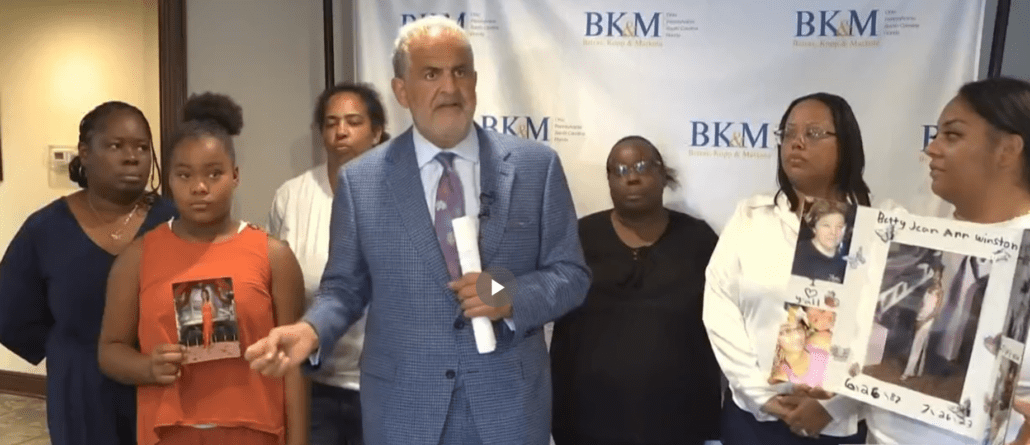David Betras, Brian Kopp announce plans for continued growth as their law firm marks 25th anniversary
 Attorneys David Betras and Brian Kopp marked the 25th anniversary of the founding of one of the region’s most respected and successful law firms by reaffirming their commitment to the communities they serve and unveiling a comprehensive plan that will ensure the continued growth of their multi-disciplinary, multi-state practice which will now operate under the name Betras¨ Kopp LLC.
Attorneys David Betras and Brian Kopp marked the 25th anniversary of the founding of one of the region’s most respected and successful law firms by reaffirming their commitment to the communities they serve and unveiling a comprehensive plan that will ensure the continued growth of their multi-disciplinary, multi-state practice which will now operate under the name Betras¨ Kopp LLC.
The firm was founded in 1999 when Betras, who began practicing law with his father Joe and Uncle Pete after graduating from Capital University Law School in 1985 and Kopp who had just completed a Federal Clerkship with United States District Court Judge Peter C. Economus decided to strike out on their own. In addition to building a thriving practice in the Mahoning Valley, Kopp spearheaded both the firm’s expansion into Tampa and Sarasota, Florida, and the impressive growth of BK’s complex corporate litigation and sports law practice. Attorneys Betras and Kopp have both earned the prestigious “SuperLawyers” designation.
The partners recently began implementing their plan for growth by adding attorneys Frank Cassese and James Melfi to the firm’s roster of outstanding lawyers. Attorney Cassese, who graduated from Cardinal Mooney High School and Ohio State University before receiving his law degree from Cleveland Marshall School of Law in 2015, will focus on civil and criminal litigation. Attorney Melfi, a graduate of Girard High School and Miami University (OH), received his Juris Doctorate from Capital University Law School in 2019. He is licensed to practice in Ohio and Florida and is a member of the firm’s Complex Litigation Practice Group.
“In addition to impressive legal skills and credentials, Frank and Jim bring an incredible amount of energy to the firm,” Attorney Betras said. “They are eager to learn, possess strong work ethics, and are more than willing to put in the long hours it takes to seek and secure justice for our clients.”
“Adding these two talented attorneys to our team will enable us to significantly expand the firm’s professional and geographic reach and maintain the strong presence we have in our existing markets,” Attorney Kopp, leader of BK’s complex litigation and sports law practice groups said. “David and I are pleased Frank and Jim \joined the firm and excited about the prospect of working and growing with them in the years ahead.”
According to Atty. Betras, the growth strategy also includes rebranding the firm. “Over the past 25 years we’ve operated under a number of iterations of Betras, Kopp and someone,” he said. “Every time we changed the name we had to go through the costly and time-consuming process of changing everything from our letterhead to our TV ads, to our digital platforms, to our business cards, to our corporate registrations. It’s a process we do not want to repeat multiples times as we expand in the years ahead.”
“So, we decided to do it one more time and build off Betras and Kopp, the names that are at the core of our corporate identity,” Betras continued. “We’ve changed the firm name to Betras¨ Kopp LLC Attorneys at Law and have adopted a new, clean, modern logo. Our website URL is now www.betraskopp.com, we’re producing new TV ads, revising and upgrading our digital platforms and content, and taking all the steps necessary to inform our clients, the legal community, and the public about our new brand.”
While the makeup of the firm and its name are changing, one thing remains constant: David Betras’ and Brian Kopp’s commitment to their hometown. “For nearly a century residents of the Valley have relied on us to meet their legal needs,” Betras said. “It started in 1929 when my Uncle Pete opened a small law office in downtown Youngstown. When my dad, Joe, returned from serving in World War II, he used the GI Bill to go to law school and joined him. After being immersed in the law our entire lives my cousin Brian and I launched our first firm in 1999, and now, a quarter-century and thousands of satisfied clients later, he and I are writing a new chapter in our family’s legal legacy.”


